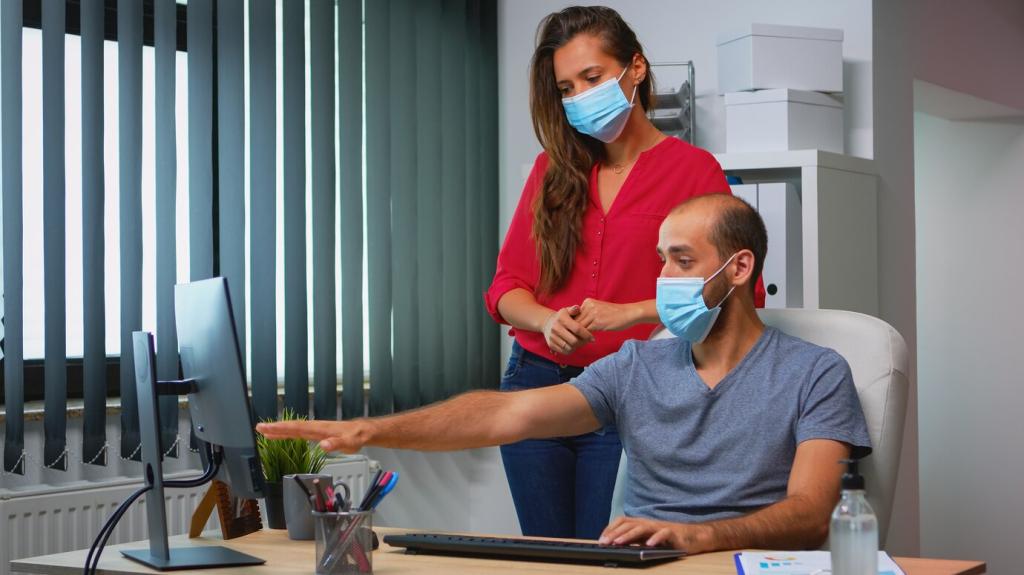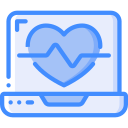Chosen theme: AI Wearable Devices for Health. Discover how smart sensors and machine learning turn tiny signals into meaningful guidance that helps you sleep better, move more, and notice trends earlier. Join the conversation, share your experience, and subscribe for weekly insights.
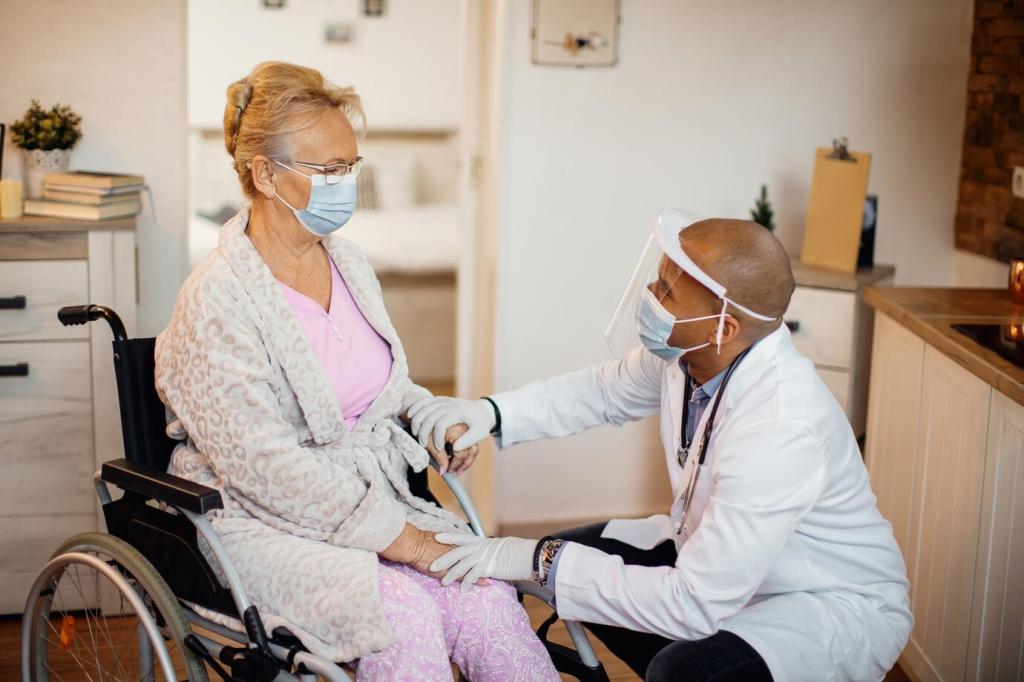
Photoplethysmography uses light to estimate heart rate and variability, while accelerometers quantify movement patterns and stillness. Skin temperature shifts hint at recovery or strain. Combined, these streams reveal trends no single metric can show. Comment if your device reads differently during workouts.

AI needs weeks of data to understand your natural rhythms, then flags meaningful deviations. It weighs context like late meals, travel, or intense training. Expect gentler nudges early and sharper insights later. Share how long yours took to feel truly personalized.
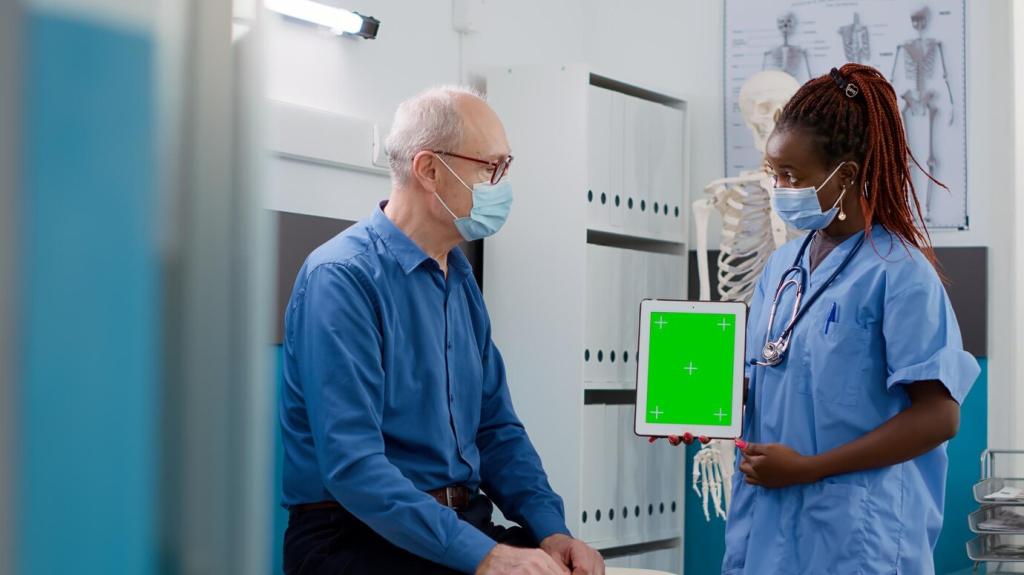
The best insights become tiny steps: a five minute walk after lunch, a calmer bedtime routine, or a lighter training day. Pair suggestions with calendar cues and habit loops. Tell us which small alert changed your day and why it stuck.
Sleep, Stress, and Recovery: Coaching You Can Wear
Models estimate light, deep, and REM sleep from movement and pulse wave patterns. While not a lab polysomnography, trends across weeks are powerful. Notice how consistent wind-down rituals shift your averages. Post your most reliable pre-sleep routine in the comments today.
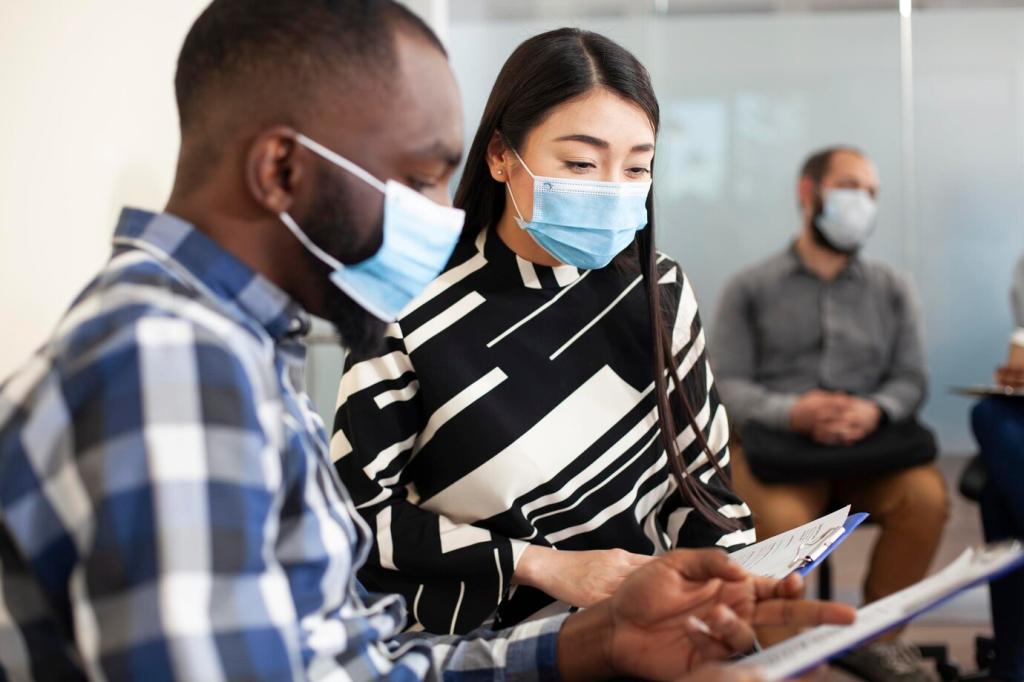


Privacy, Ethics, and Ownership of Your Health Data
Short, plain language summaries of data use beat dense legal pages. Ask for examples of how your data improves features and how to opt out. Tell us which consent practice helped you feel confident connecting your wearable to new apps.


Privacy, Ethics, and Ownership of Your Health Data
Look for strong encryption, on-device processing when possible, and limited data retention. Independent audits and clear incident response matter. Does your device offer a privacy dashboard. Comment with features that made you trust or doubt a platform’s approach.
Choosing the Right AI Health Wearable
For heart insights, prioritize reliable PPG and variability tracking. For training, accurate motion sensors and skin temperature trends can help guide effort. List your top goal below, and we will recommend features our readers found most valuable.

What’s Next: The Future of AI Wearable Devices for Health
Expect wearables that blend wrist, ring, and patch data to reduce noise and capture context. Temperature, motion, and pulse signals together can clarify strain and recovery. Which form factor feels most promising for you in daily life and sleep.
What’s Next: The Future of AI Wearable Devices for Health
On-device models adapt to your patterns without constant cloud uploads, reducing latency and exposure. Personalized calibration could arrive in days, not months. Tell us whether faster local learning would change how often you act on wearable suggestions.
